Europe-China Forum
Next event In person & livestreamed

- Area of Expertise
- Global Europe
Global Europe

Managing Director at New Horizons Project

Head of Evaluation, Learning & Programme Performance

Programme Manager for Transport and Connectivity at the Africa-Europe Foundation
CONNECTIVITY – IT’S COMPLICATED
The figures are staggering, the rewards tantalising and the competition is tough. Resurrecting the dream of an inter-connected Eurasia is enticingly strategic and fiercely geopolitical. It’s also very complicated.
First, connectivity requires money: the world is undoubtedly in desperate need of new, sustainable, clean and green infrastructure. But building transport links (air, land and sea), digital networks (mobile or fixed, from cables to satellites, from the Internet backbone to the last mile), energy networks (including renewables) and people-to-people connections through cooperation in education, research and innovation, travel and tourism, requires money. Lots of it.
Assessments of global infrastructure investment needs vary. Asia alone needs to invest $26tn from 2016 to 2030, or $1.7tn per year, to maintain growth momentum, eradicate poverty and respond to climate change, according to the Asian Development Bank (ADB). Globally, by sector, the largest investment needs lie in transport and energy infrastructure. That’s followed by rail transport, telecommunications and water infrastructure.
An array of multilateral, regional and national financial institutions are pumping money into connectivity blueprints across Eurasia and increasingly across Afro-Eurasia. China’s ambitious Belt and Road Initiative (BRI) involves multiple Chinese banks as well as the Beijing-led Asian Infrastructure Investment Bank (AIIB), the Asian Development Bank (ADB) in Manila and the World Bank. The European Investment Bank (EIB) is leading the way on investments inside the EU but also increasingly in Asia and Africa.
Second, connectivity generates high rewards: quality infrastructure – whether for transport, water, energy, digital or for people-to-people ties – is indispensable for the achievement of Agenda 2030 and its 17 Sustainable Development Goals (SDGs). Investing in infrastructure improves people’s lives, boosts mobility, creates cultural links and empowers citizens.
Connectivity is certainly a key pillar of international competitiveness. It reduces the effect of distance, helps integrate national markets, and provides the necessary connections to international markets. Infrastructure connectivity is trade-enhancing and adds to countries’ attractiveness for investors.
Connectivity can also be about peace-building and conflict-resolution. “Connectivity is the way to the future. The more connected we are, the more opportunities we have – to find common political solutions and to bring economic prosperity to citizens,” according to EU High Representative and Vice-President Federica Mogherini.
Third, connectivity initiatives have triggered fierce global competition: connectivity is the new geopolitical ‘Great Game’, pitting nations with competing visions of Eurasia against each other, prompting fears of connectivity conflicts caused by new rivalries or the re-emergence of old ones. China’s ambitious BRI has captured the headlines since it was launched by President Xi Jinping in 2013. But it has also increased geo-economic tensions. And for all the focus on rising China, Beijing is not alone in developing and projecting its connectivity ambitions.
The Association of Southeast Asian Nations’ (ASEAN) Masterplan for Connectivity was launched in 2010. Japan, India and Europe as well as Russia and the United States are working hard to further their own connectivity agendas in Asia and Africa. The focus on linking up continents, regions, nations and communities is welcome and long overdue. The world depends on the smooth and secure flows of goods, services and people. Connections create trust and foster new bonds.
However, it’s also a question of ‘so far, so chaotic’. Keeping track of the different, often rival connectivity visions, blueprints and plans is difficult, if not impossible. And instead of encouraging synergies and cooperation, the competing initiatives are injecting additional strains in an already tense geopolitical environment.
WE BELIEVE IT’S TIME TO MULTILATERALISE CONNECTIVITY
Infrastructure is a vital public good which requires responsible connectivity actors – and a strong, rules-based multilateral framework.
Infrastructure networks should be coherent, interoperable, as well as financially and environmentally sustainable. Calls for tenders should be open and transparent to ensure a level playing field. There is a need for better governance, more coordination and increased exchanges. Agreements should also be reached on norms and standards, labour conditions, sustainability criteria and transparency requirements. The focus must be on cooperation and collaboration rather than competition.
The current lack of clear communication between connectivity actors is leading to a wasteful duplication of initiatives as well as the implementation of projects with contradictory or incompatible aims. The exclusion of civil society from connectivity discussions means that projects may be designed without factoring in the needs of people and communities.
Private businesses must be part of the conversation and decision-making when establishing rules for project preparation, accountability, technical specifications and safety standards.
There is talk – along with some initiatives – to encourage cooperative approaches and synergies. These are useful but not enough. It’s time to be more daring and more creative.
Friends of Europe, through its Asia Programme, has taken an active role in Eurasian connectivity conversations – both in Europe and Asia.
In this publication, we go further by underlining the compelling need to multilateralise connectivity by drawing up binding international norms, standards and regulations. The aim is to prevent so-called ‘connectivity conflicts’ caused by unrestrained international competition. A ‘race to the bottom’ prompted by countries and companies seeking to win contracts by cutting corners on labour standards and costs, for instance, must be stopped.
Building a cooperative global connectivity agenda will help to stop the unravelling of the multilateral rules-based order and give a new lease of life to an increasingly fragilised World Trade Organization (WTO). If it cannot be done within the WTO, however, other formats should be explored. The reason is simple: connectivity competition is already a source of international tension; it must not be allowed to lead to further global disorder.
We are tabling three recommendations:
1. Create a plurilateral Code of Conduct, laying out the rules for engaging in connectivity projects.
2. Reinforce the recently-established Multilateral Cooperation Center for Development Finance (MCDF) by increasing membership to include all infrastructure development actors to create space for dialogue and project alignment.
3. Set up an Asia-Europe Meeting (ASEM) Connectivity Forum to allow for the participation of the private sector and civil society in conversations about connectivity.
As new leaders take up their roles in the European Commission and the European Parliament, China takes stock of the successes and pitfalls of its BRI to date and other nations fashion new connectivity initiatives, there has never been a better time to elevate the discussion on infrastructure connectivity to new heights.
It’s time to be more efficient, but also much more ambitious.
PREVENTING ‘ONE WORLD, TWO SYSTEMS’: A REVAMPED BELT AND ROAD INITIATIVE IS NOT ENOUGH
Turning the vision of a new Silk Road into reality isn’t proving easy. Not even for China. The BRI has certainly given a boost to China’s foreign trade and investment flows, improved transport including air transport links and above all, spotlighted Beijing’s geopolitical profile and ambitions.
But many have complained of the BRI’s China-centred approach. Countries have pushed back against some of Beijing’s more stringent conditions. There are complaints about the BRI’s lack of green credentials while the International Monetary Fund (IMF) has warned BRI signatories not to take on increased debt or become excessively dependent on Beijing.
Chinese President Xi Jinping responded to critics in April 2019 by promising to multilateralise the BRI by working more closely with multilateral development banks. He also said the BRI would abide by multilateral rules and international best practices on project development, operation, procurement, tendering and bidding.
A new, recalibrated BRI 2.0, subject to stronger checks, is certainly welcome. But ‘multilateralisation with Chinese characteristics’ is not the answer. It risks splitting the world into two competing orders, creating even more friction and confusion among connectivity actors. The creation of ‘one world, two systems’ for connectivity, whether in infrastructure, digital technology, trade and investments – or for dispute settlement and arbitration linked to BRI projects – is not in the global interest.
IT’S ALSO ABOUT ASEAN, JAPAN, INDIA, ASEM AND EUROPE
China gets all the attention. But there are other connectivity projects, operating under different rules and standards. Here are some of the most interesting:
ASEAN is trying to keep track of the different connectivity projects across the region. It convenes an annual connectivity symposium for sharing information. The ASEAN Connectivity Master Plan 2025 is also equipped with a so-called ‘rolling priority project pipeline’ to support member states in planning and seeking funding for high-quality, low-risk infrastructure projects. ASEAN member states have submitted around 40 potential infrastructure projects that are currently under review. Since the pipeline allows ASEAN states to mobilise resources in a transparent and competitive way, the initiative is viewed as a promising move away from unilateralism and a possible inspiration for other regions.
Unlike both the BRI and the EU’s connectivity plans, the AAGC is arguably already multilateral, with African states having a far greater consultative say than in BRI projects. Funding is intended to come from private, government and also international funding, including from the AfDB. However, the initiative is still very much Indo-Japanese led. Moreover, the AAGC remains very much in its infancy, and whilst possible benefits for each party are often mentioned, concrete projects are still to be established.
The ambitions are clear: “With a track record of a rules-based, fair and transparent internal market, the European Union is engaging with partners beyond its borders in order to promote similar approaches to sustainable connectivity,” according to the EU document.
The EU focus is on bilateral connectivity partnerships such as the EU-China Connectivity Platform as well as exchanges with regional structures, for example in the Baltic and Black Seas and with ASEAN. There is also a promise to engage with international organisations in determining the legal frameworks and concrete forms of connectivity, for example to set international standards. The World Trade Organization, the International Energy Agency, the International Maritime Organisation and United Nations bodies are cited as examples where the EU is hoping to draw up sustainable and fair global practices.
MONEY, MONEY, MONEY
The connectivity projects mentioned above, and others not included here, are financed by multilateral development banks as well as regional and national financial institutions. Much of the financing for BRI projects, for instance, comes from the Asian Infrastructure Investment Bank (AIIB) and the Silk Road Fund. The Silk Road Fund has, amongst others, invested in several power plant constructions in the China-Pakistan Economic Corridor, and the AIIB has moved beyond BRI projects alone, also funding initiatives in rival nations such as India. The China Development Bank, the Industrial and Commercial Bank of China, the Bank of China, the China Exim Bank and the China Construction Bank are also avid financial backers of the BRI.
Given Eurasia’s large infrastructure investment requirements, global and national businesses are eager participants and investors in connectivity projects. The EU says it will look to combine financial sources from international financial institutions, multilateral development banks and the private sector to ensure sustainable domestic and international finance for connectivity, while ensuring transparency and a level playing field for businesses.
AND EUROPE?
Within Europe, the European Fund for Strategic Investments (EFSI) seeks to mobilise €500bn in investment by 2020, having met its target of €315bn in July 2018. To date, 21% of this investment has gone to energy, 11% to digital and 8% to transport.
For the next EU budget, the European Commission has proposed to increase the external action budget to €123bn for the period 2021-2027. This represents an increase of 30% compared to the previous period. Included in this proposal is an investment framework for external action, with an increased fire-power of up to €60bn. Building on the experience of the EU’s External Investment Plan, it will help to raise and leverage additional financial resources for sustainable development from the private sector.
Additionally, the EU is managing more than €8bn of funding in Asia between 2014-2020, of which significant resources support bilateral and regional initiatives in the context of connectivity, for example ASEAN’s Master Plan on Connectivity and the educational exchange programme Erasmus+. Under the Asia Investment and Central Asia Investment facilities, EU funding of €300mn for the period 2010-2016 has leveraged around €2.5bn of investments through blending of grants and loans.
THE WAY FORWARD: STRONG RULES IN A MULTILATERAL FRAMEWORK
Europe and Asia are building new connections and revitalising old ones in myriad ways through daily exchanges between European and Asian governments, institutions, businesses and people. ASEM, once derided as little more than a ‘talk shop’ has acquired increased geopolitical relevance.
Eurasian connectivity as reflected in the vision behind the BRI was once only on China’s agenda. ASEAN is building connectivity through regional development plans. Building stronger connections, including through infrastructure connectivity is now – finally – also recognised by the EU for its vital geopolitical and geo-economic importance.
This is the moment to set the bar higher – to sort out the mess. The Eurasian landscape is already littered with an expanding, overflowing, ‘noodle bowl’ of bilateral and regional trade agreements. The connectivity agenda is turning into an equally confusing and tangled web. It doesn’t have to go that route.
Here are three ways to reduce the chaos:
1. Start walking the talk on a true multilateralisation of the global connectivity agenda. This applies to China and President Xi Jinping’s promise of working more closely with multilateral institutions and abiding by multilateral rules. But it especially applies to the EU which has repeatedly announced that it intends to engage with partners – in Europe’s neighbourhood, in Asia and beyond – on enhancing connectivity and finding complementary and common rules and regulations.
In fact, the EU strategy with its focus on connectivity which is “fiscally, environmentally, socially and economically sustainable, comprehensive across sectors and financial frameworks and rules-based” could form the basis – at least initially – of a new global rulebook for all connectivity projects. These standards, including the details of connectivity governance, arbitration, and accountability, will have to be developed further through consultations and negotiations. Discussions will have to focus on the nuts and bolts of interoperability, technical specifications, safety management, customs cooperation and much more.
Once trust is established, connectivity actors should go one step further by agreeing on a jointly-agreed rulebook or ‘code of conduct’ to regulate their investments, ensure transparency and establish a rules-based connectivity framework. Such an international consensus would also ensure that connectivity projects are aligned with Agenda 2030, with a special focus on eliminating inequality through women’s empowerment and the education of girls.
Later, in an even more ambitious move, the agreement, which could be informal and voluntary at the start, should be made legally-binding. This can be done either within the WTO – where plurilateral agreements are already rapidly becoming the norm – or through a special body set up specifically for the purpose of enhancing connectivity governance.
Regional organisations and fora such as ASEM are already trying to bring much-needed order to the chaotic connectivity landscape. The EU has also promised to foster sustainable connectivity across Europe and Asia by identifying synergies between the different connectivity strategies, including BRI, Japan’s Free and Open Indo-Pacific strategy as well as ASEAN’s Connectivity 2025.
Working with China, Japan, India, ASEAN and others, the EU should kick-start the more ambitious process of building a truly multilateral system for connectivity governance. This may appear too difficult and complicated at the moment. But as indicated above, the building blocks for such a process are already in place. The EU should use its convening power and experience of multilateral procedures to kick-start negotiations on a multi-stakeholder connectivity code of conduct. And the right moment to do so is now before we are faced with the unfortunate dilemma of navigating in ‘one world, two systems’.
2. Build on the Multilateral Cooperation Center for Development Finance (MCDF) which comprises eight multilateral financial institutions – the Asian Development Bank (ADB), Asian Infrastructure Investment Bank (AIIB), Corporación Andina de Fomento (CAF), European Bank for Reconstruction and Development (EBRD), European Investment Bank (EIB), Inter-American Development Bank (IADB), International Fund for Agricultural Development (IFAD) and World Bank – which came together with the Chinese Ministry of Finance in March 2019 to sign a Memorandum of Understanding (MoU), agreeing upon its establishment.
The Center aims to “foster high-quality infrastructure and connectivity investments for developing countries”. Particular emphasis is put on advocating for transparency, non-discrimination and debt sustainability. The MoU states that the Center will aim to achieve the following:
* Information-sharing to facilitate collaboration and prevent duplication of projects
* Capacity-building in developing states and with their development partners, with a focus on debt management, procurement, anti-corruption, environmental frameworks, etc.
* Project preparation including environmental and social impact assessments and feasibility studies
The decision to establish the MCDF shows that China and BRI funders have been listening and learning from each other and now recognise that more communication and coordination is necessary, and multilateralisation is the way forward. But more remains to be done.
With the key multilateral development institutions already signed up, and the practical establishment of the MCDF still in early days, now is the right moment to advocate for a wider membership.
ASEAN, the EU, Japan, India and others should sign onto the MoU as development partners and send representatives to take part in MCDF meetings. With all key development actors and financers involved, the MCDF could become the go-to mechanism for dialogue – to overcome communication issues and ensure that projects are aligned to achieve maximum impact.
Rather than acting in their individual capacity, connectivity actors would be able to jointly benefit from impact assessments and feasibility studies, as well as improved capacity in the states with which they work.
3. Create an international or ASEM connectivity forum for regular consultations and engagement with the private sector and civil society. Experience of failed connectivity projects has illustrated the importance of ensuring that new initiatives respond to the needs of communities, secure their full backing and support, and are aligned with internationally-agreed labour and work norms and standards. Consultations with the private sector and learning from business are equally important to ensure that projects also provide for local training, procurement and employment.
Countries engaged in connectivity projects should therefore create an open international connectivity forum which includes academics and think tankers, independent economists, business and civil society representatives. The forum would allow regular discussions between connectivity actors and could be set up under the aegis of ASEM, with one or more ASEM partners in the driving seat, but subject to regular rotation among all members.
Such a forum would ensure access to the ASEM Sustainable Connectivity Index so that local stakeholders, international companies and prospective lenders receive important information on future and ongoing projects. Forum members would help to ensure that contracts are awarded on the basis of best value and quality and keep an eye on reports of corruption, project delays, failure and inflated costs. The forum could be tasked with giving its opinion on the financial viability and the environmental impact of projects before construction begins.
CONCLUSION
Connectivity initiatives of various types, ambitions and scope are already bringing Asia, Europe and Africa closer together. Given its importance for people, governments, businesses and global relations, connectivity must be approached and managed well. Connectivity actors must be responsible and act for the global good.
Slowly but surely, countries are beginning to recognise that to work efficiently, connectivity requires internationally-agreed practices, rules, conventions and technical standards, supported by international organisations and institutions that enable interoperability of networks and trade across borders. It also demands that necessary steps are taken to ensure that connectivity is sustainable from the fiscal, environmental, economic and social points of view.
Given the enormity of the task and the importance of connectivity, it is vital that countries get serious not just about coordination and cooperation but also agree to go further. It’s time to establish rigorous procedures to ensure that connectivity becomes either part of the existing rules-based multilateral order or provides the impetus to fashion a new international mechanism for connectivity which is better adapted to changed global realities.
The world certainly needs more connectivity. What it does not need is more connectivity confusion.
Next event In person & livestreamed

Past event
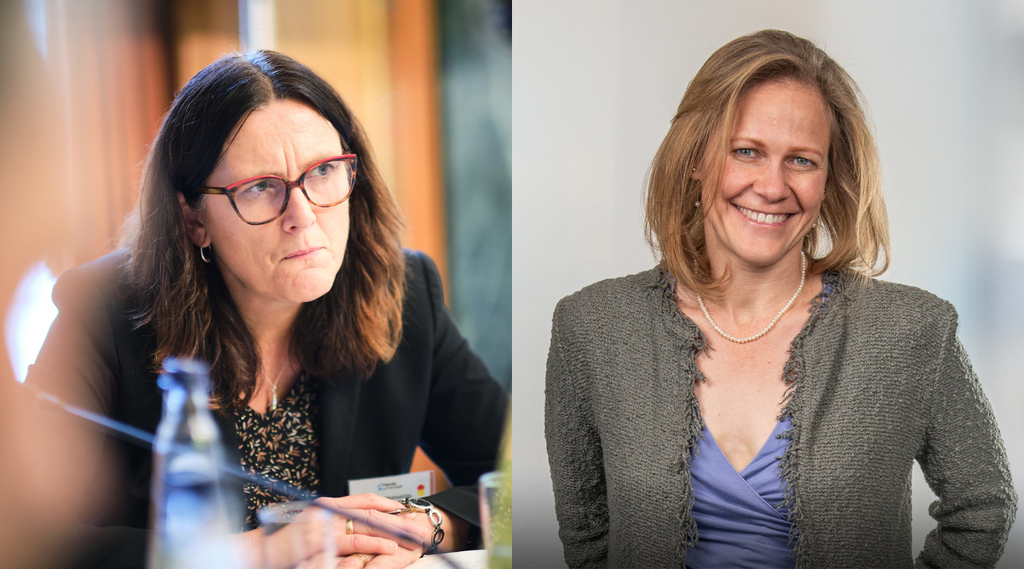
Past event Online
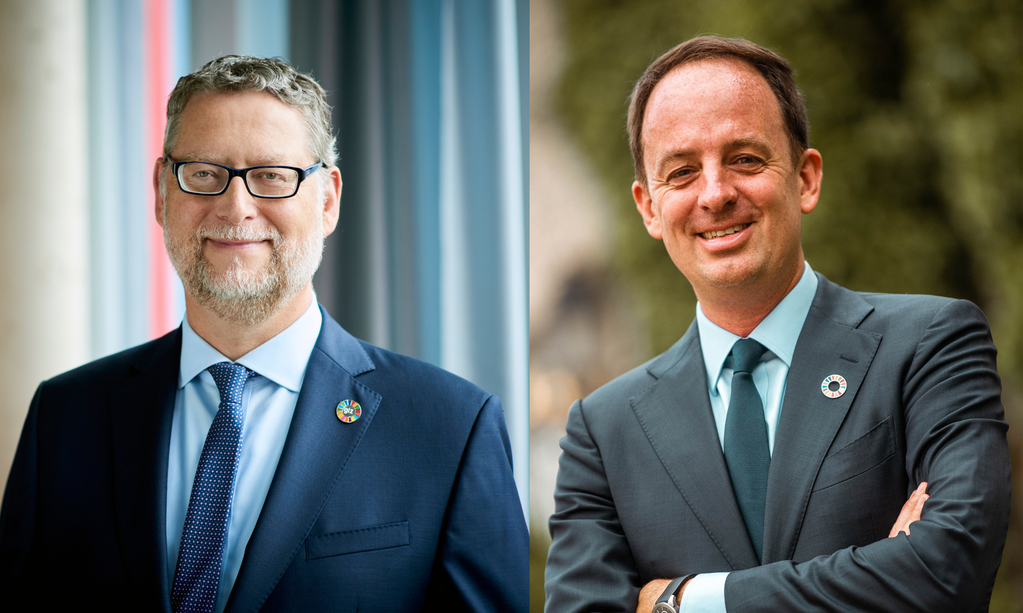
Past event IN PERSON & ONLINE

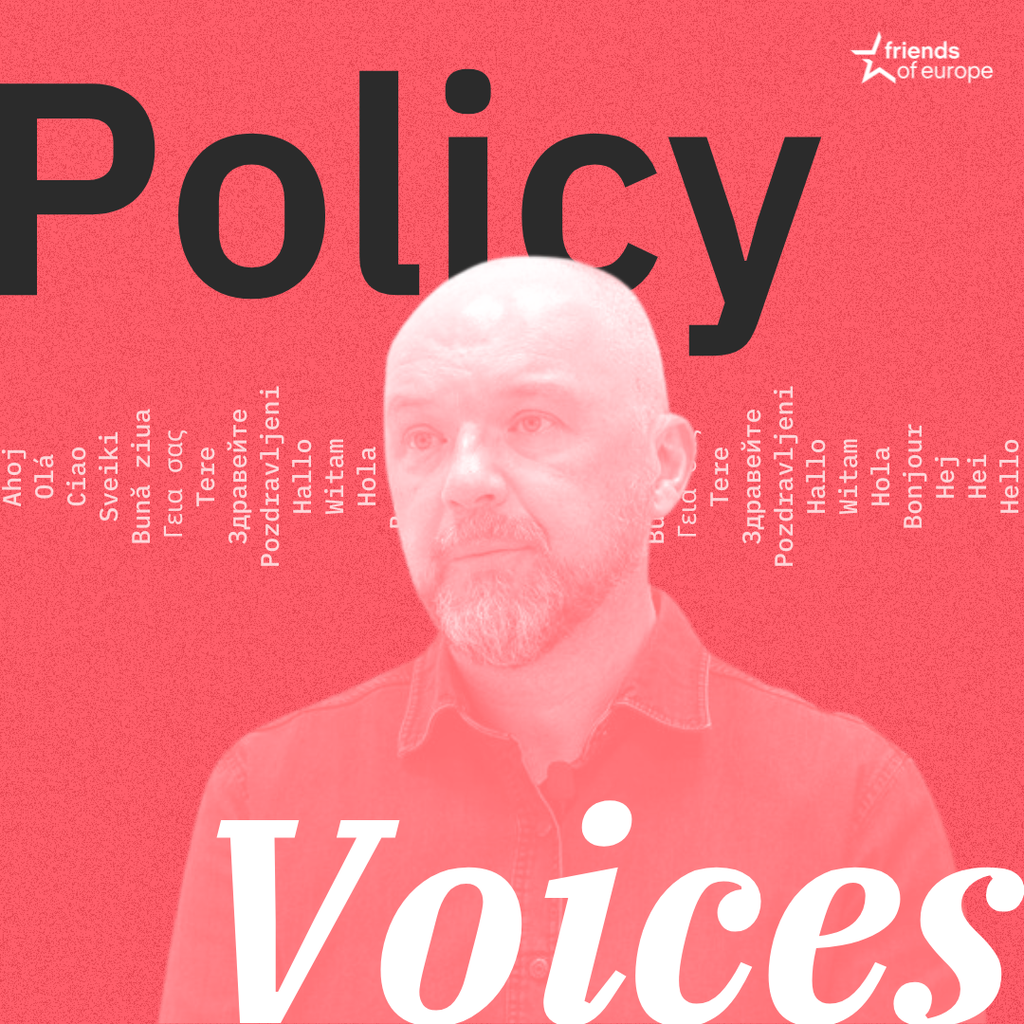
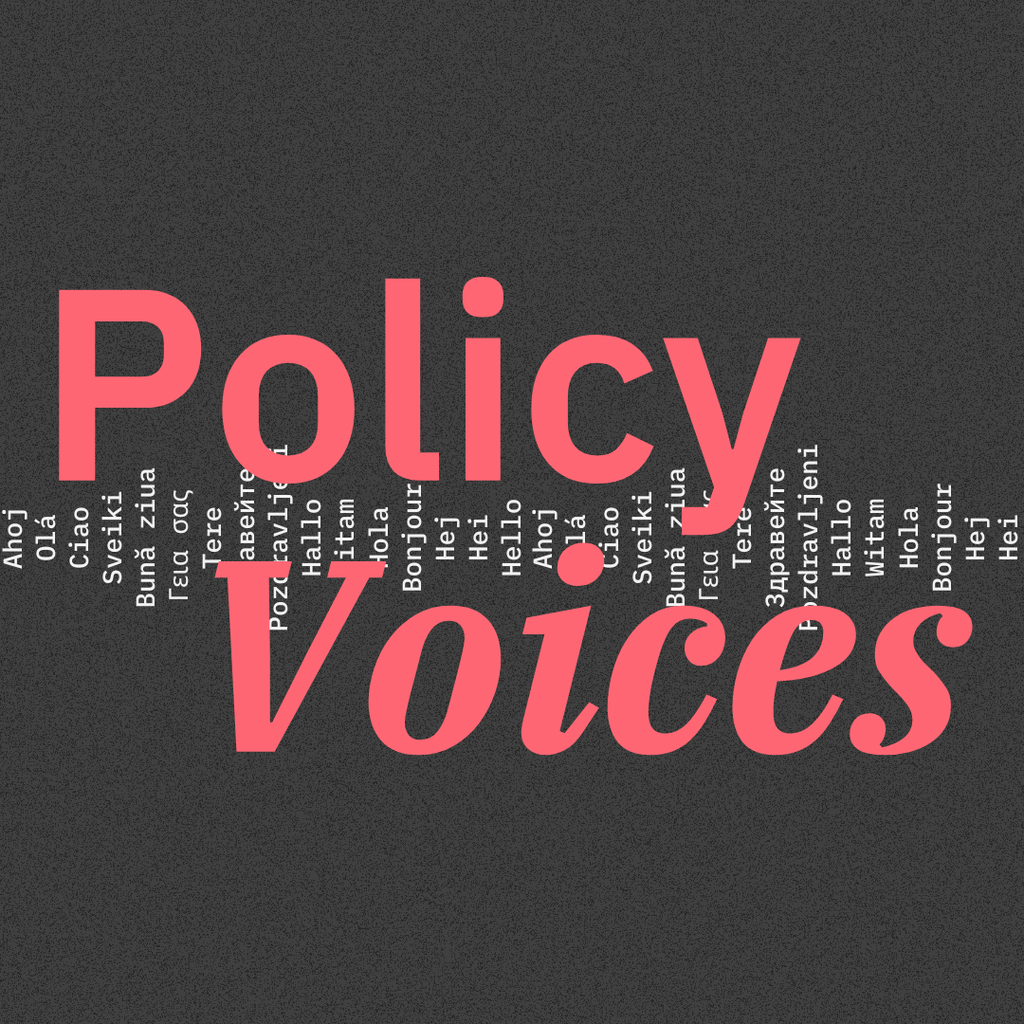
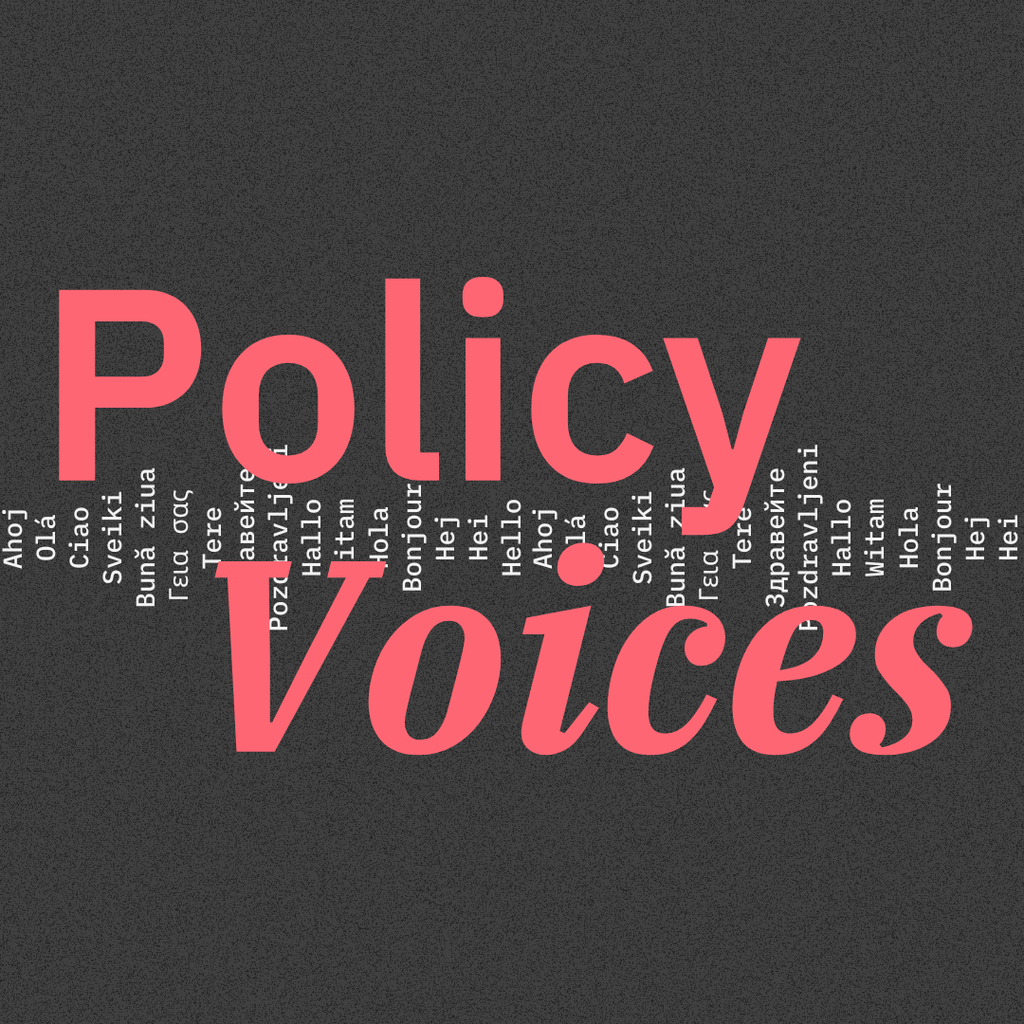

Stay informed
We use cookies and similar technologies to adjust your preferences, analyze traffic and measure the effectiveness of our campaigns. Learn more about our privacy policy.